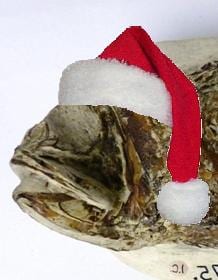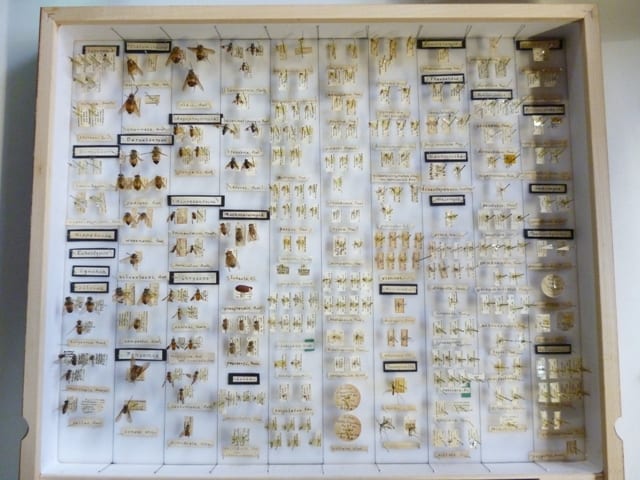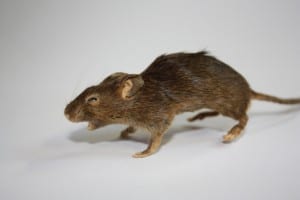Underwhelming Fossil Fish of the Month: December 2013
By Mark Carnall, on 19 December 2013
Twas the night before Christmas
When all through the Grant Museum
Not a creature was stirring
Because it was a zoology museum and all the animals had stirred their last a long time ago
Doubly so for fossil fish.
It has long been assumed that Christmas is a very mammalian celebration. 2013 years ago Santa invented Coca-Cola and ever since humans have been celebrating by writing each other cards, giving each other presents and eating too many Twiglets. However, there’s compelling evidence that Christmas has its origins deep in the geological past. (Christmas) puddingstones date back to the Pleistocene. Christmas Island is over 100 million years old. Christmas trees evolved back in the Carboniferous. Christmas songs celebrate Rocking around the Christmas Tree. Surely it’s no coincidence that many fossil fish are composed of rock today. It’s entirely possible (plausible is a stretch) that the-yet-unfossilised fossil fish celebrated Christmas in Devonian seas and possibly even further back.
However, the origins of Christmas in the fossil record have been poorly studied. More research is needed to confirm a non-mammalian origin of Christmas hypothesis. Until then, let’s take a cold hard festive stare at yet another Underwhelming Fossil Fish from the Grant Museum’s collections. This month I’ve got nothing particularly special lined up for you. (more…)
 Close
Close




 Last Wednesday the staff of the Grant Museum went on an expedition to the
Last Wednesday the staff of the Grant Museum went on an expedition to the 

